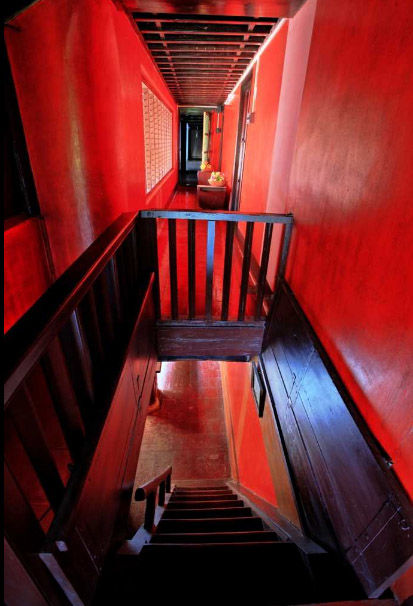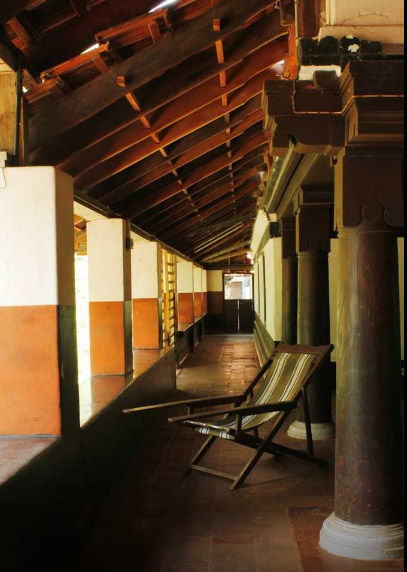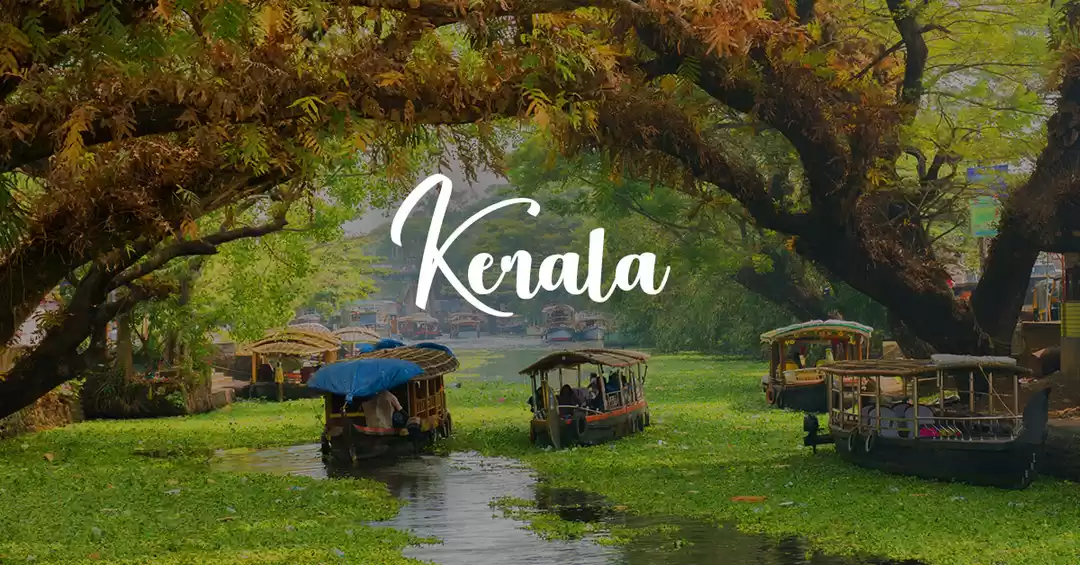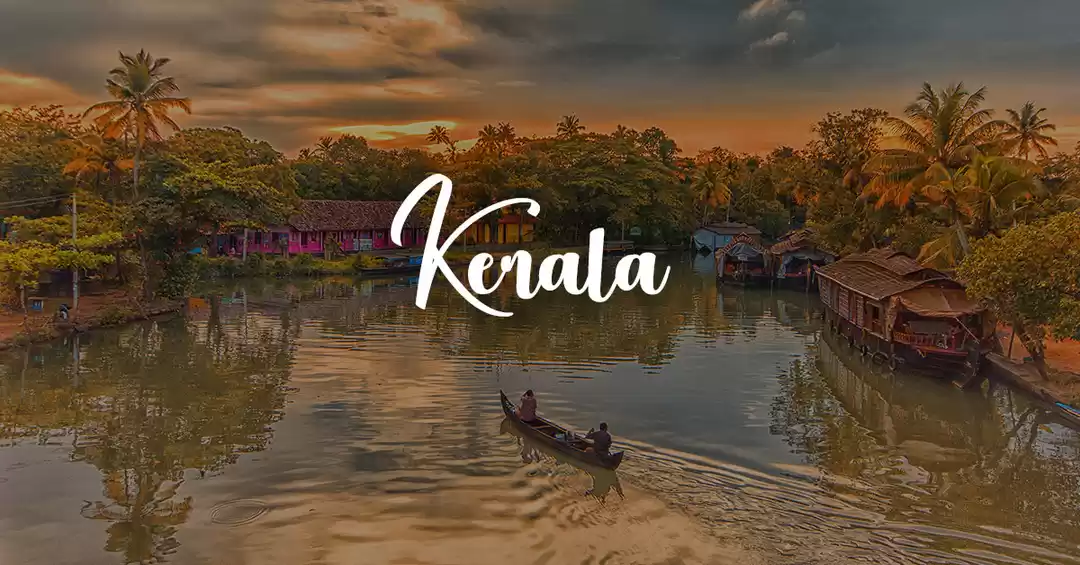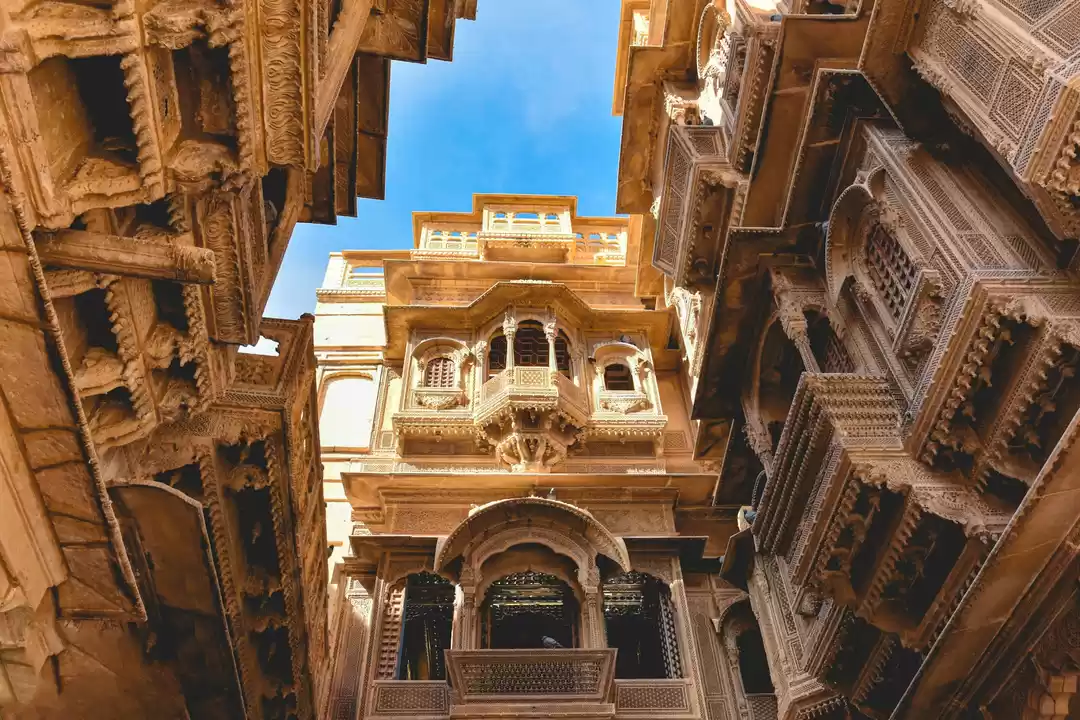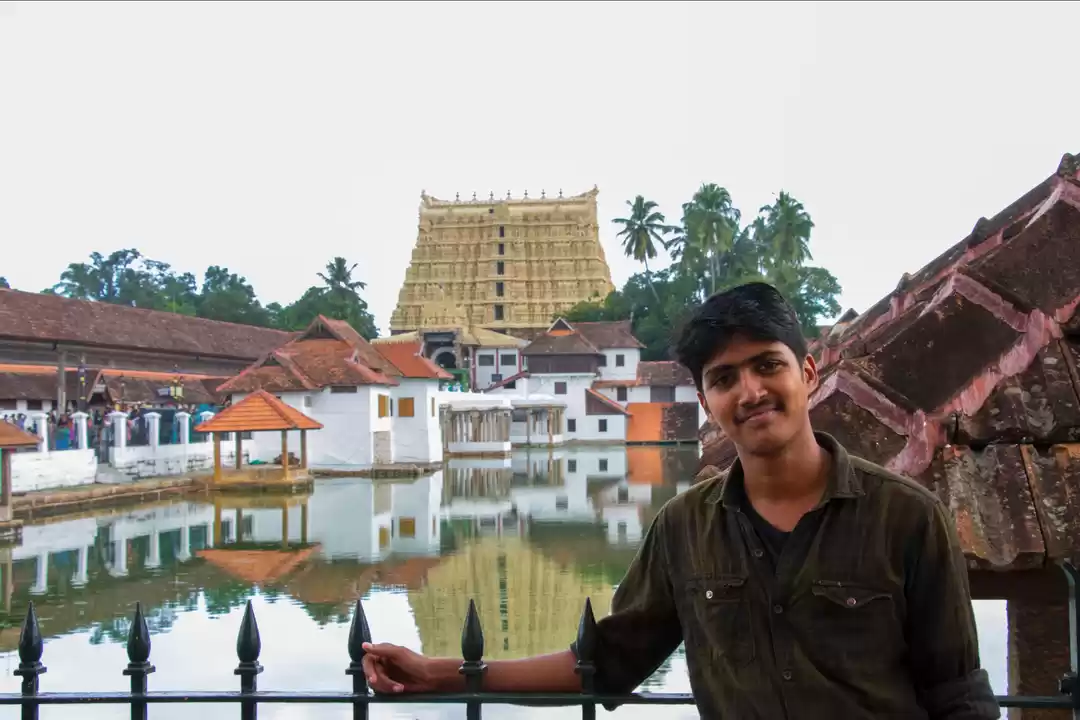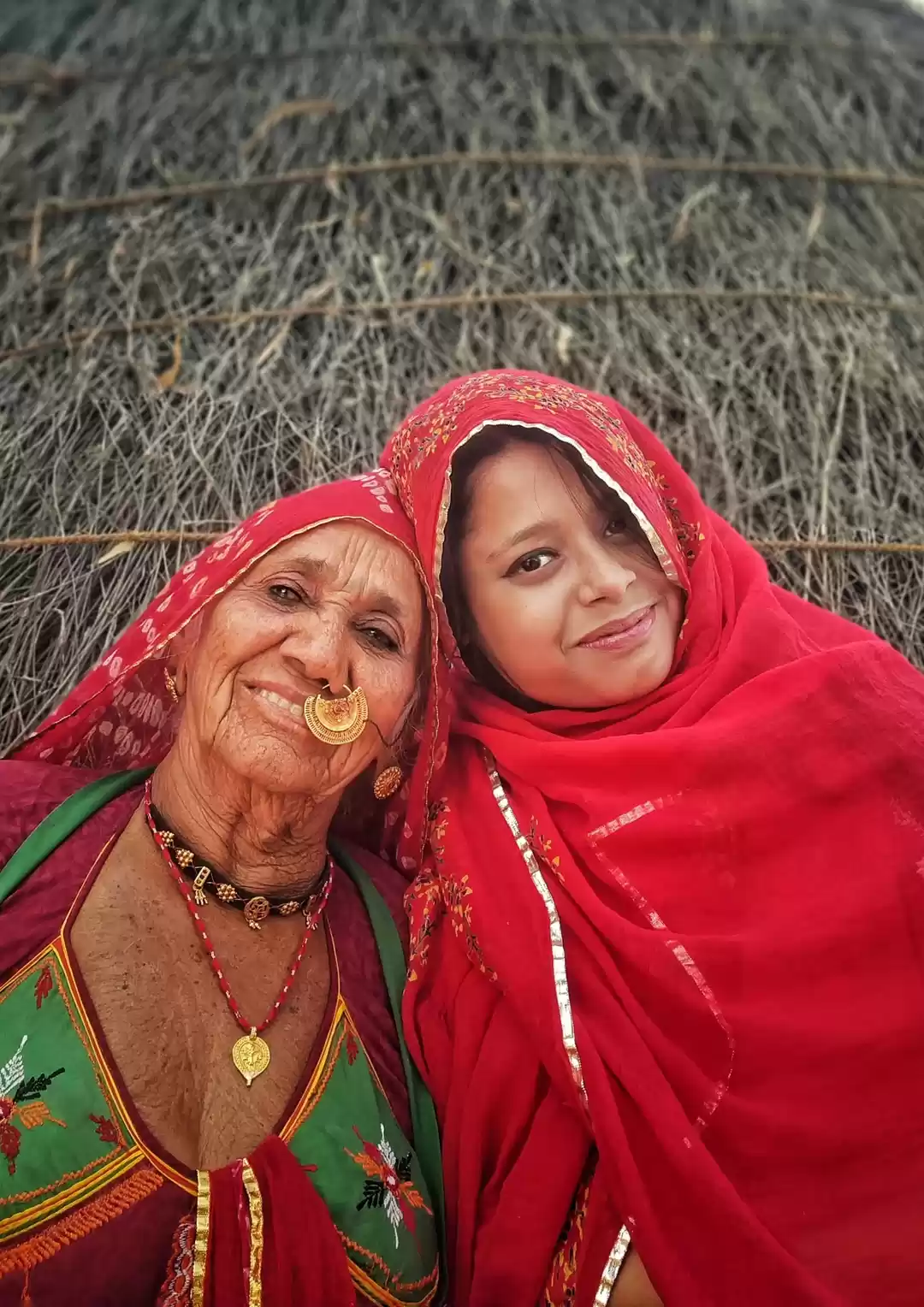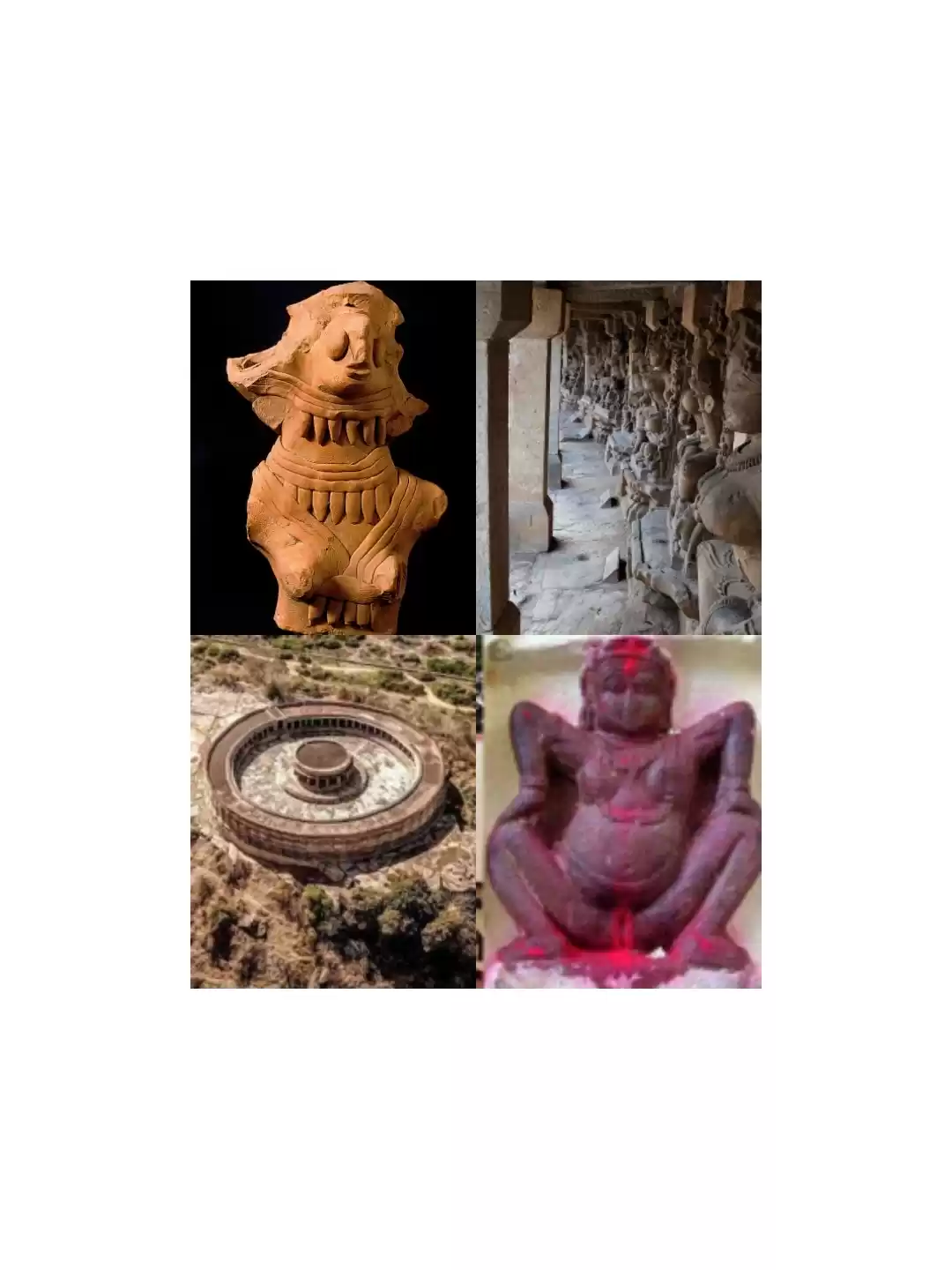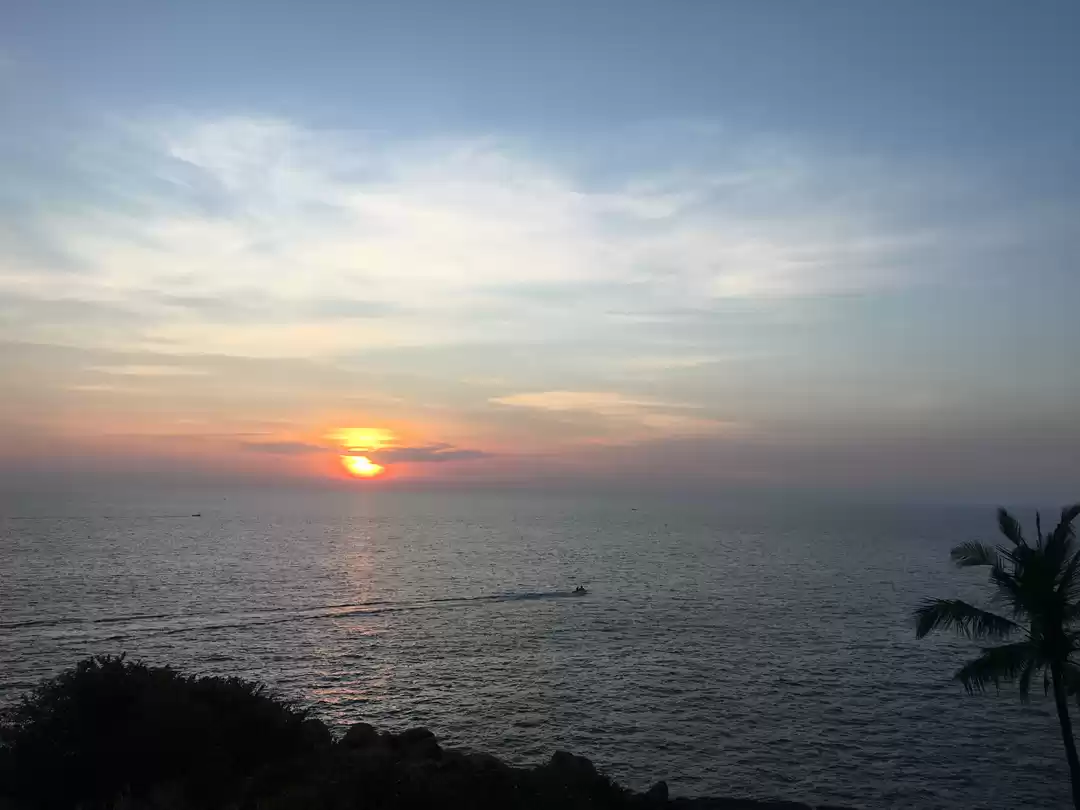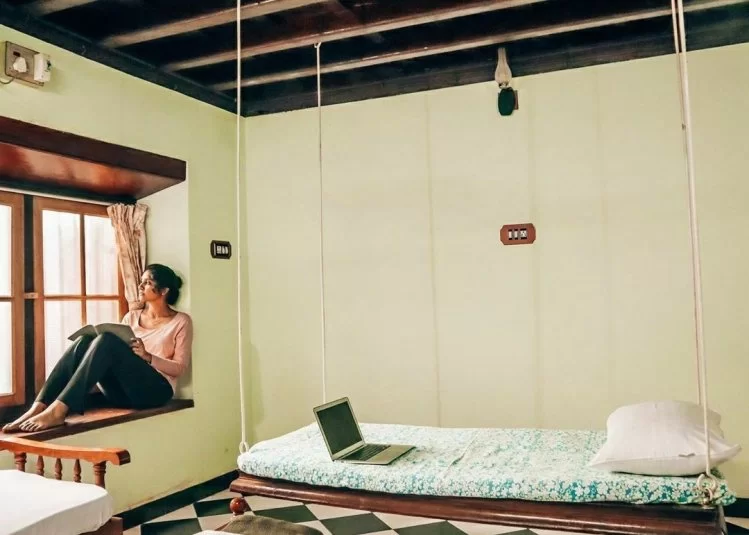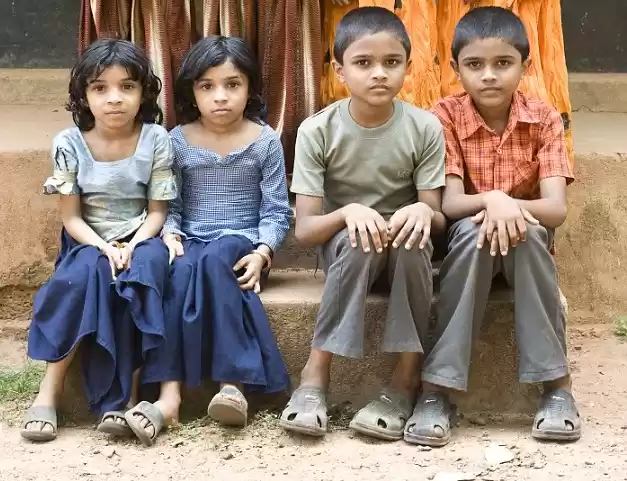From Ayurveda to anthropology, avatars to apostles, wildlife sanctuaries to waterfalls, backwaters to beaches, spices to shrimps, tea to toddy, coffee to coconuts, kathakali to koodiyattam, ports to palaces, snake-boat races to synagogues, house boats to hyacinths, Thattu dosa to Thrissur Pooram, karimeen to kalaripayattu...
...just when I thought I touched every nook and cranny of God's own country, it sprung yet another surprise. There is much more to this southern state of India than what meets the eye, quite literally. To put it in the nutshell, off the Internet and away from tourism brochures, there is a Kerala waiting to be explored, but let me tell you, this Kerala chooses its travellers, and bares its soul to only those who are ready pause, rewind and play - the ones who do not mind if their tropical stride becomes a drift and their purpose of travel more than just pinning locations on digital maps.
The biggest revelation to me was that this side, if not ruled, then most certainly is, inherited by women. Here they enjoy the kind of rights women in the metros can only dream of. (Ok, more on this as the story progresses). So trust me when I say, if you show your mettle as a traveller to this beauty of the tropics, you might create a unique map altogether, of Kerala's hotspots and culture, and a new vocabulary in its glory. Not just its colourful culture hides as much as it reveals but its slender coastal strip flirts with the traveller in you, promising you a lot more if you commit to fall deeply in love with its mood swings. So how do we convince this peninsula that we are committed lovers? It is simple. Begin from the origin of all kinds of love - its heart and its homes.
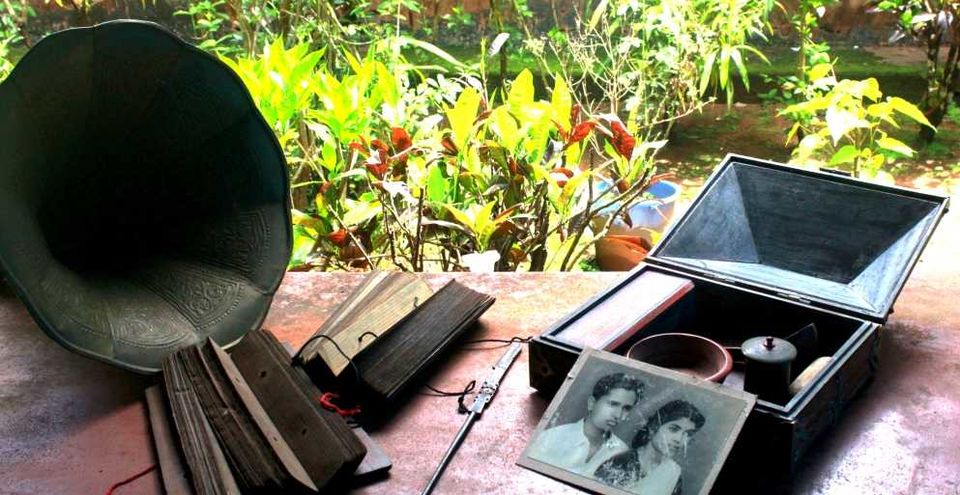
And that's where I proclaimed my love for God's own country- in a 250-year-old house in Naduvilat Illam in Kozhikode - the heart of Kerala. Sitting in its verandah, I looked at its sloped roof, ornate wooden gables and geometrical floor tiles, wondering, in which layer of its timeless heritage, this state had hidden the nalukettu homes of its matrilineal communities. Stressing on every syllable of the words that defined the architecture of the house of Kerala of the yore, I tried to understand and pronounce Malayalam. “Where you are sitting is the chuttu verandah,” informed the lady of the house, 85-year-old, MA Vanajam, a retired English teacher and also my host, “And the area after the three stairs you climbed to enter the front of the house is called Poomukham," she added. I, for obvious reasons, drew a blank. She smiled at me through her wrinkled face and decided to simplify things for me. “Nalukettu is a rectangular-shaped single-storey structure wherein four halls are joined together into a sunken open-air courtyard called nadumuttam. Most nalukettu homes also have a basement storage called nilavara. Every nalukettu has a chuttu verandah to either side in front of the house, where oil lamps hang at equal distance from its sloped roof.”
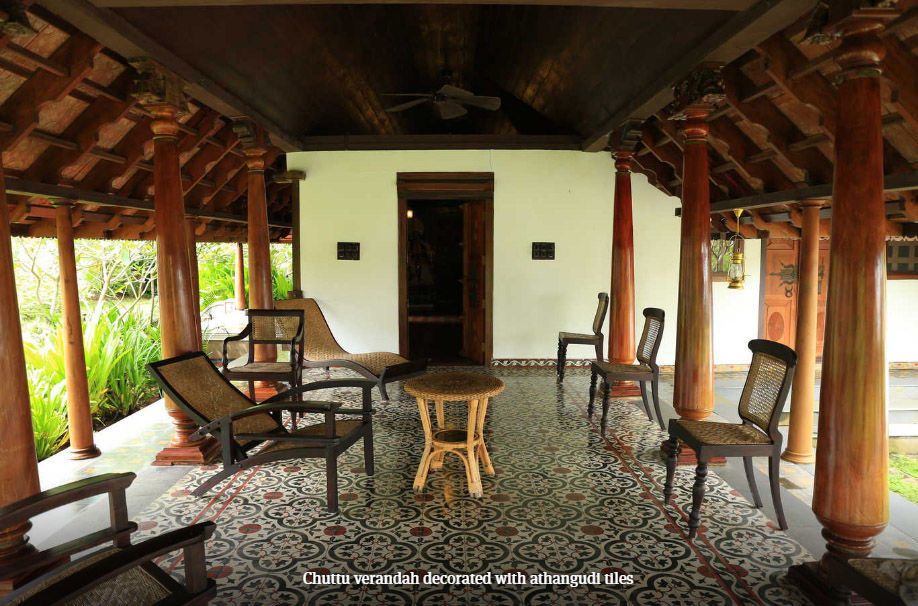
Even after Vanajam’s excellent explanation, the compulsive Internet researcher in me could not help looking up nalukettu online and while she offered me tea, I set my eyes upon an informative article on Kerala Tourism’s official website. The article introduced nalukettu as the most developed form of the typical Kerala mansion and further explained that the facilities provided by a nalukettu were ideal for large families of the traditional tharavadu (a system of joint family) for whom it was customary to live under one roof. The word tharavadu was bit intriguing and I decided to give my research cravings another go. I found out that American cultural anthropologist David Murray Schneider in his book Matrilineal Kinship defines tharavadu (also spelled tarawad) as genealogical matrilineage. Another social anthropologist Melinda A Moore defines it as “a holistic, ritually-significant property unit to which the members along the line of a common female ancestress were attached.” By the time tea was served, my research told me that nālukettu, mostly associated with matrilineal communities of Kerala, is a traditional homestead, spread across huge tracts of land. But I was torn between two choices before me. Should to explore the architectural marvel right in front of me? Or should I chase the interesting story of the matrilineal communities of Kerala. I chose the former and I could feel the feminist in me expressing her disagreement. Well, what can I do, I tried to reason with her, look at this earthy mansion and red walls and ornate wooden gables and...okay, I could sense she was sulking but she could be pampered later. This can’t wait.
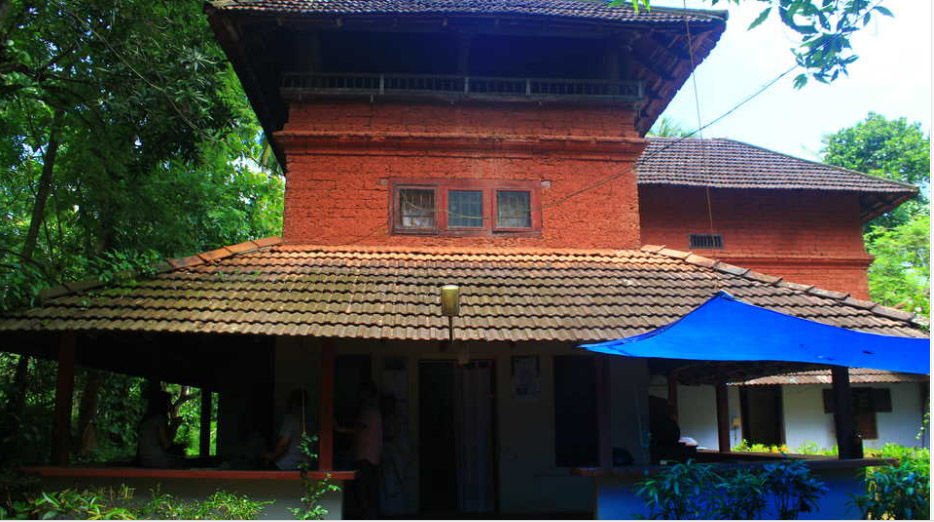
So back to where I was. In the chuttu verandah, with Vanajam and her 85-year-old husband KN Vasudevan, I finished my tea and began the tour of the house following Vanajam’s lead into the narrow corridors that outlined its sunken courtyard. Rain water, I was told, never gets collected in this, unlike our metros where monsoon flooding is an annual pain. There was a puja room facing the courtyard and a string of rooms ran along the other side of corridors that connected the four blocks on each side of the courtyard. In one of the corridors was the second surprise of the day - a hanging bed called attukattil. Swinging on one such large bed and flipping through faded photographs of her time-worn albums, Vanajam spoke proudly of her property, which once was spread across a 1,000-acre plot.
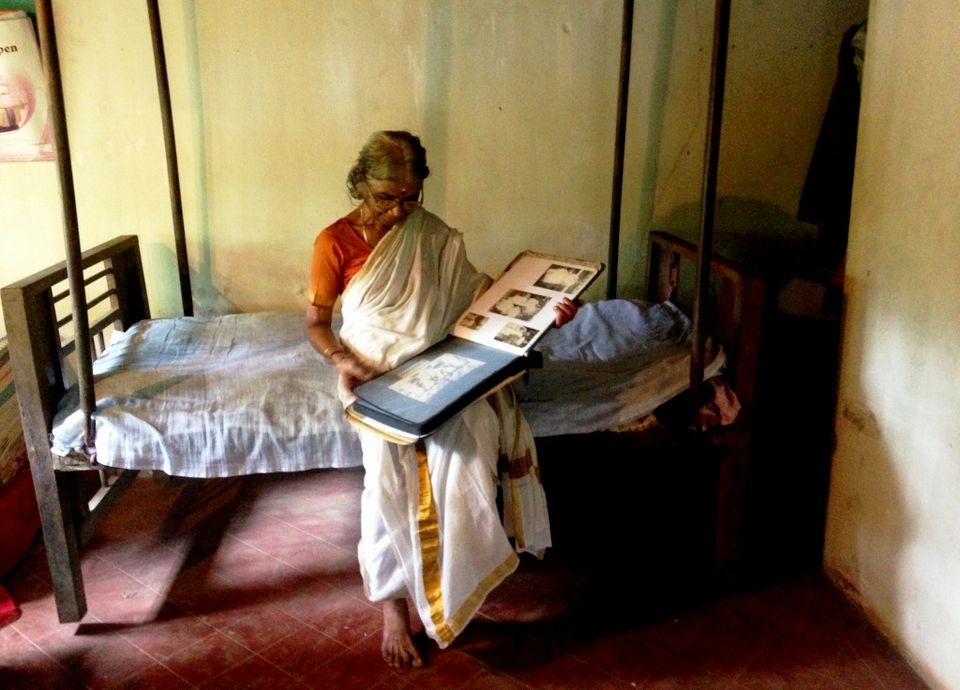
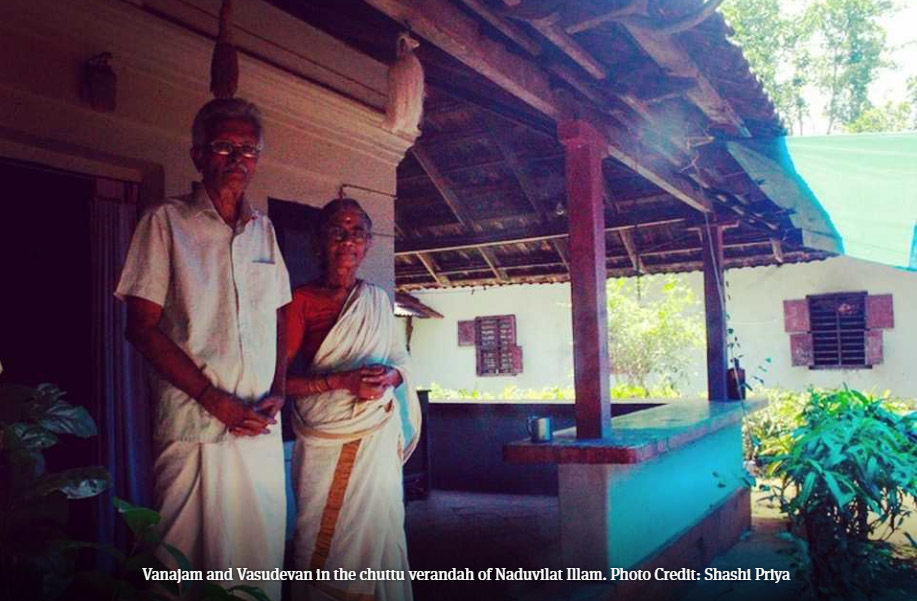
“The four halls on the sides are northern, western, eastern and southern blocks for you, but for us they are vadakkini (northern block), padinjattini (western block), kizhakkini (eastern block) and thekkini (southern block). In Kerala, it is said that every element of the house has a life and soul of its own, which is why we give an individual name to everything. In fact, every house in Kerala has its own name. They are known more by their individual names than the numbers and we add the name of the house as a prefix to our own names. My name is KN Vasudevan and KN stands for my house’s name Kizhunallur Naduvilat,” said Vasudevan. The name of the house, as it turned out, was as old as its existence and so were a string of family heirlooms, which were perhaps even older than the house. While the story of this house of yore wafted in its courtyard and echoed in its tiles, it also painted its picture through a gramophone, age-old palm leaf scripts and decorative wooden spears, which a nostalgic Vanajam took out from her cupboard for us. “This house is a treasure trove of fond memories for me. I don’t want to change anything in it even if it means living without modern amenities,” Vanajam asserted. The couple said they wanted to maintain it without making any changes.
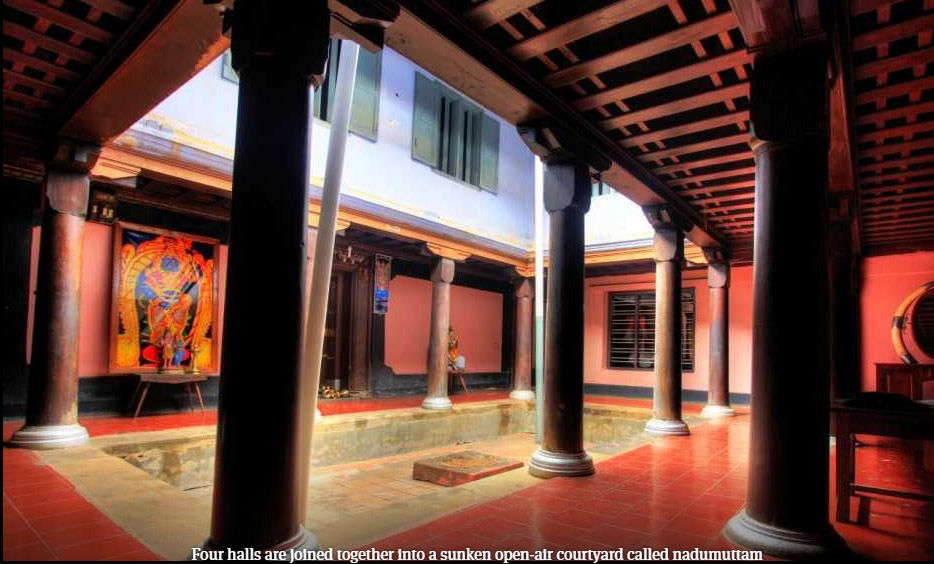
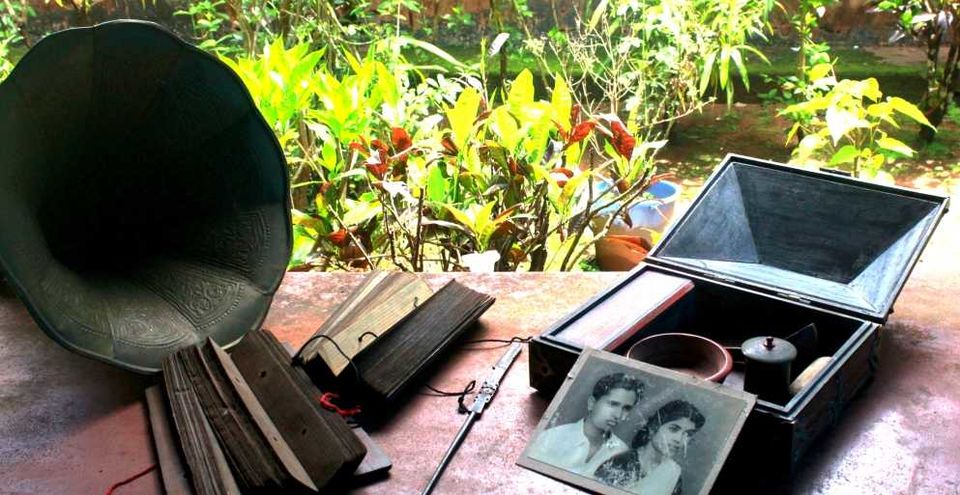
The visit to the house only left me wanting for more and I headed to the foothills of Western Ghats to visit the Varmas, members of the ninth generation of the Royal Family of Nilambur that follows the matrilineal system. The family, unlike Vanajam’s, lives in a kovilakam, which roughly translates to the official residence of a dignitary. Just like other matrilineal homes, Varmas’ Puthiya Kovilakam too follows the nalukettu architecture, but in a much more elaborate and extended manner and I was soon to witness its grandeur. Ornately carved wooden staircases, balustrades, and thick walls with splayed openings greeted me as I entered a circular space that ran along the private area of the building. However, it isn’t the splendour, but science herein that leaves one speechless. The circular area is not there to just sit pretty; it serves the most important purpose in the house, which is facilitating air circulation, resulting in insulated interiors and moderate temperatures in all seasons. Ravi Varma, my host for the evening elaborated, “Climate responsive design is a very integral part of Kerala’s traditional architecture. We don’t need air conditioners here even for our personal use. In Kerala’s climate, the only way to achieve a comfortable indoor environment is building an envelope, which can maintain the indoor temperature at optimum and provide a controlled and continuous air flow and nalukettu architecture helps in building that.”
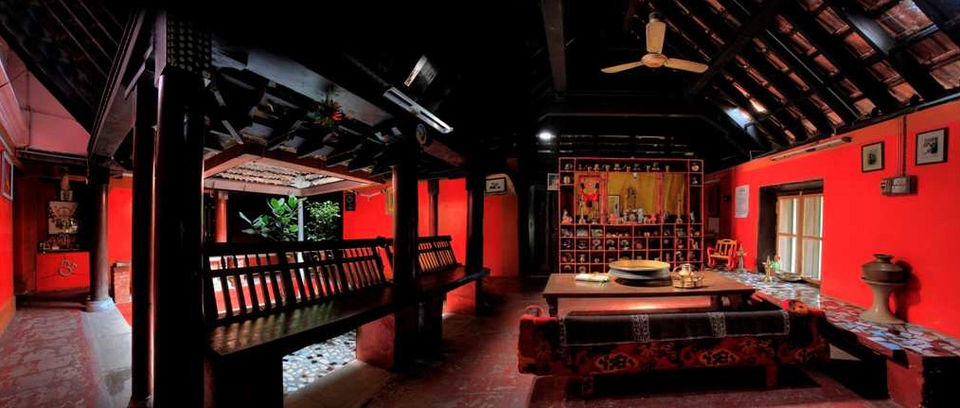

The kovilakam once was a Pathinarukettu (16 halls with four central courtyards) that boasted over 50 rooms but with time one of the courtyards was remodeled. However, even with just three courtyards and 25 room,s the Kovilakam retains its royal grandeur. Sreemathi Varma, the owner of the house inherited it from her mother as per Marumakkathayam – a legal system of inheritance in matrilineal communities traced through females - and now she and her husband Ravi Varma (shares the same name as his father-in-law) run a heritage home-stay in two of the 25 rooms of the kovilakam. And we were back to the matrilineal system of Kerala and this time I could shut the feminist in me. “Please pardon me for my ignorance but how does this matrilineal system work?” I tried to be as polite as I could as I floated the question. It is always good to get the story straight from the horse’s mouth. “Matrilineal system is when women in the family inherit the property and men married in her family take the woman’s family name and move into their house. For instance, I was Ravi Asrani and now I am Ravi Varma. We have a son and a daughter, and not my son, but my daughter is the rightful owner of this property,” explained Ravi to the wide-eyed, gaping mouth, absorbed listener in me. At a loss for words, I looked at him, who was intently waiting for me to progress towards the other hall. I followed him, wrapped in an flurry of thoughts - why was I born in North India? Why wasn't I born here? How could God be so unfair and make all the other women live under the shadow of identity crisis, the feeling of being the second fiddle, the replacement of a son - hardly ever the preference for a child? Two such different practices, such extreme differences, within the same religion and country? And I missed it by say, a couple of 1,000 miles? It suddenly struck me that I was running out of time, I did not have the whole day. Okay, priorities straight, need to focus on the house first. A Phd on matrilineal communities can wait, still.
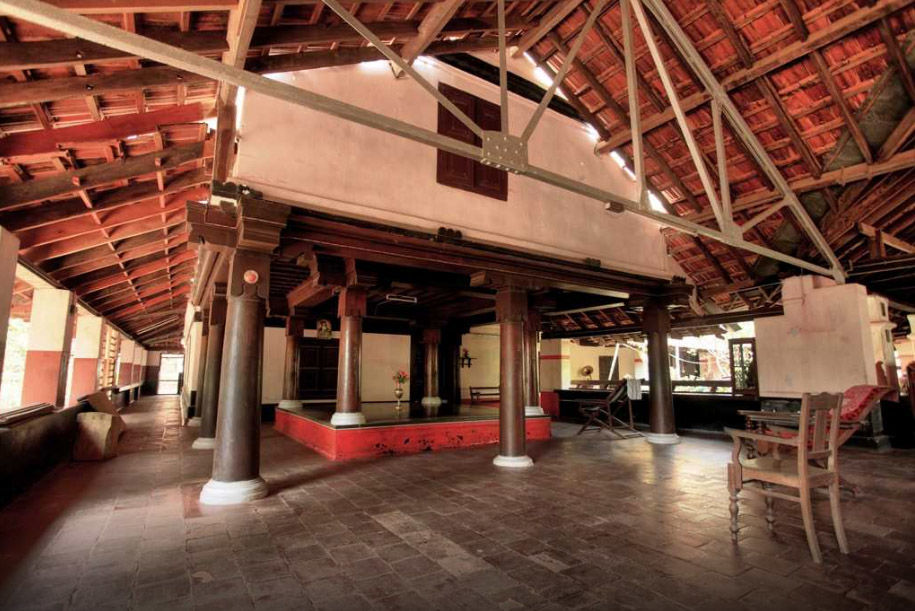
I could spot, in the kovilakam, the core of nalukettu that Vanajam’s house still retains its original layout. The chuttu verandah is the same, but with the addition of charupady - wooden benches with carved decorative backs, and the athangudi floor tiles take a different hue and pattern. In olden days, the karanavar, or the head of the family, would sit in the chuttu verandah in a reclining chair and keep a watch on the goings-on inside and outside. The bedrooms, numbering eight, two in each block, accommodated individual households. “These bedrooms were used by the married women of tarawad. Attached to the bedrooms were storage spaces. The sleeping quarters of the male members were on the second floor. Every house had two staircases on each floor. The mens sleeping quarters were reached through the one at the entrance. The second staircase was reserved for women. The same basic structure is repeated for the other portions of the house. In its full glory, 60-70 families occupied the kovilakam inside the Nilambur kingdom that spread across 1,25,000 acres,” said Sreevidya Varma, Sreemathi Varma’s daughter and the next avagashi (owner/heir) of the house.
An abridged version of the article was published in Air India's in-flight magazine Shubh Yatra
